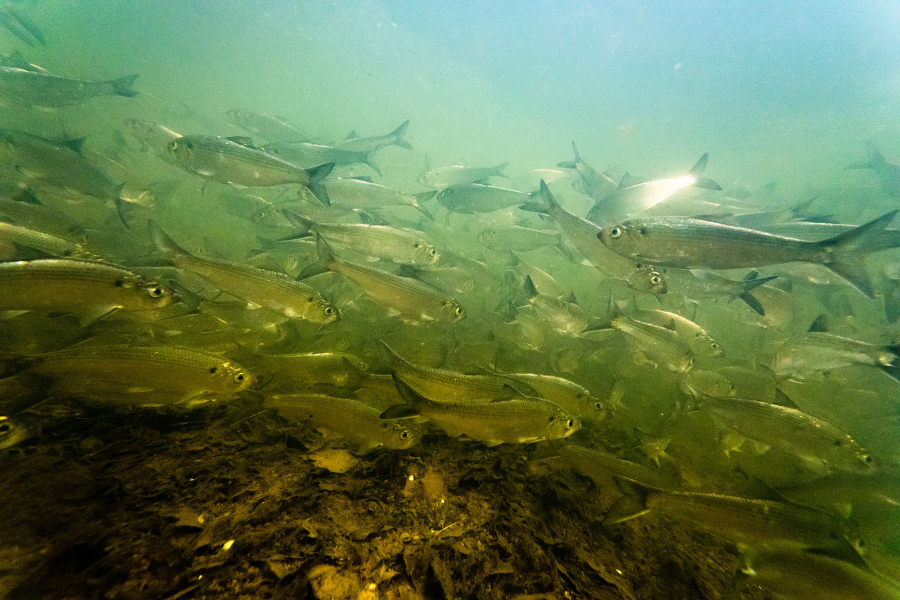Rising air temperatures lead to warming streams in Chesapeake Bay region
Warmer waters could have severe effects on water quality, aquatic life.

Increasing air temperatures have led to warming waters in the majority of streams in the Chesapeake Bay region, according to research from the U.S. Geological Survey (USGS) published in Climatic Change.
Analyzing fifty-one years of records, scientists found an overall increase of 1.98 degrees Fahrenheit in air temperature and 2.52 degrees in water temperature from 1960 to 2010. The study evaluated measurements from 85 air temperature sites and 129 stream temperature sites of varying size, depth, and land covers.
"Although this may not seem like much, even small increases in water temperatures can have an effect on water quality, affecting the animals that rely on the bay's streams, as well as the estuary itself," said Karen Rice, lead author of the study.
Warming streams can lead to higher nutrient concentrations and decreased dissolved oxygen, resulting in “dead zones” where underwater life is unable to survive. Increased water temperatures may also cause native plants and animals, such as bay grasses and brook trout, to move to different areas as waters no longer fit their habitat needs.
Rising air and water temperatures are just some of the climate change effects that are expected to impact local waters. Results of the study are expected to help inform adaptation strategies to increase climate resiliency across the region.
The article, “Rising air and stream-water temperatures in Chesapeake Bay region, USA,” is available for purchase online.

Comments
There are no comments.
Thank you!
Your comment has been received. Before it can be published, the comment will be reviewed by our team to ensure it adheres with our rules of engagement.
Back to recent stories